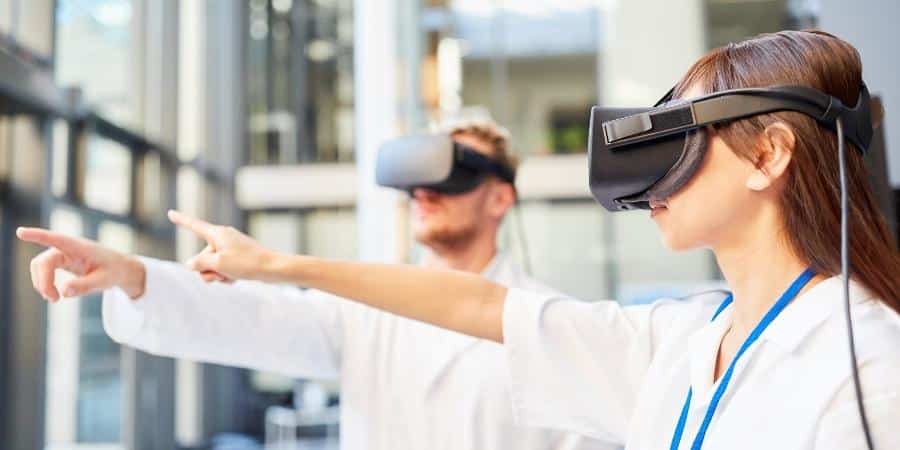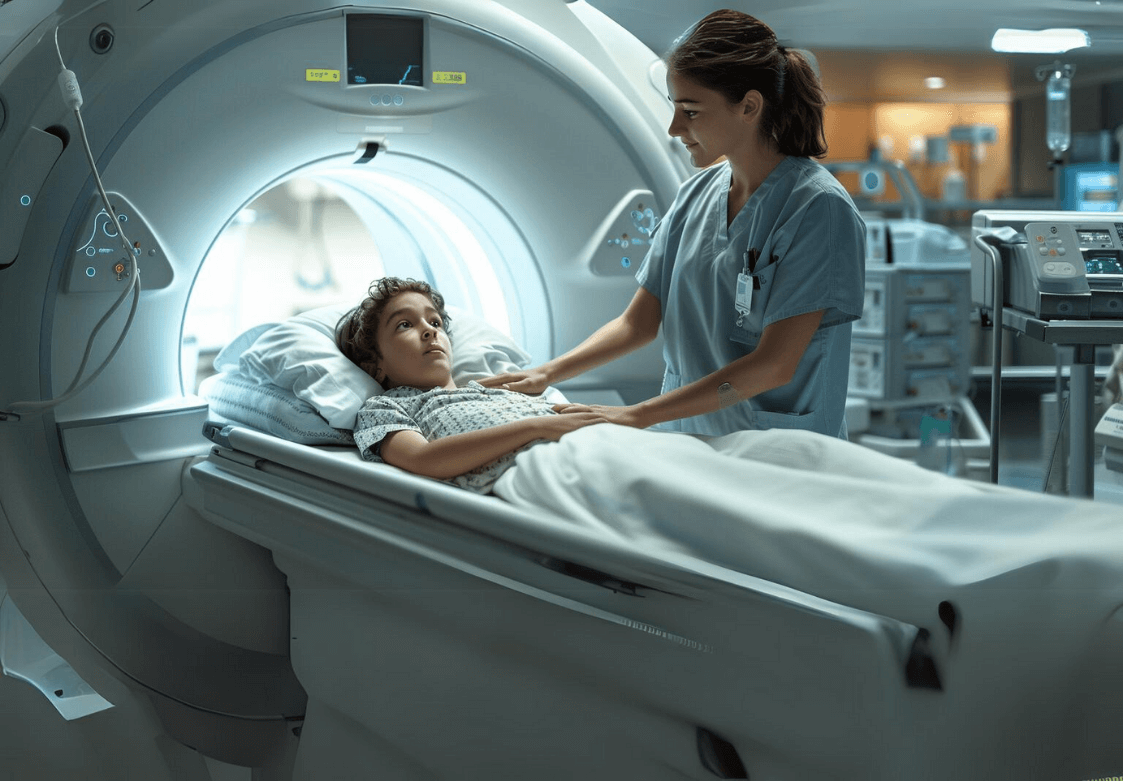In response to the COVID-19 global pandemic, Sheba Medical Center began to widely use augmented reality for data visualization. Since March, the hospital has used five Microsoft Corp. HoloLens 2 headsets to teach medical staff how to operate ventilators for patients with COVID-19, according to Ravid Segal, Chief Technology Officer of the MSR – The Israel Center for Medical Simulation. Physicians, nurses and biomedical engineers alike have benefited from the innovative use of these technologies.
The HoloLens headset is a mobile, wearable device that uses optical projection systems and computer processing to create hologram-like digital images, which users can see and interact with in real-life. Augmented reality works by superimposing digital content, such as 3D images or visual instructions, onto a user’s view of their real environment.
“It’s a revolutionary tool,” said Amitai Ziv, Director of Sheba Medical Center’s Rehabilitation Hospital and founder of MSR. “We believe we can do a lot with it.”
Medical providers who wear the headset at Sheba can view a digital rendering of a ventilator superimposed on their real-world view. With the aid of built-in instructions, the healthcare worker is then guided through the process of operating the physical ventilator.
Other uses of the headset at Sheba include providing doctors with a way to assist remotely from other parts of the hospital. By wearing the headset, the doctors can connect to a real-time video feed of a separate ward, which they see as a digital image floating in their real space. They are thereby able to see what’s happening in a patient’s room without needing to be physically present.
Prior to the coronavirus pandemic, Sheba had already planned to investigate ways to use augmented reality. Yet, as Eyal Zimlichman, Chief Innovation Officer at the hospital, said, “COVID-19 reinforced our decision [to use augmented reality] and the understanding that this is a critical tool in healthcare.”
For years already, companies have been exploring ways to use early versions of the technology to design objects (such as cars) and to receive step-by-step instructions for manufacturing these objects.
“Now, the global pandemic has increased those use cases to include remote assistance and training because employees and customers are less willing to be in close contact,” said J.P. Gownder, Vice President and Principal Analyst at Forrester Research Inc.




